Guide to waxing: avoid these pitfalls when waxing at home and get the best results
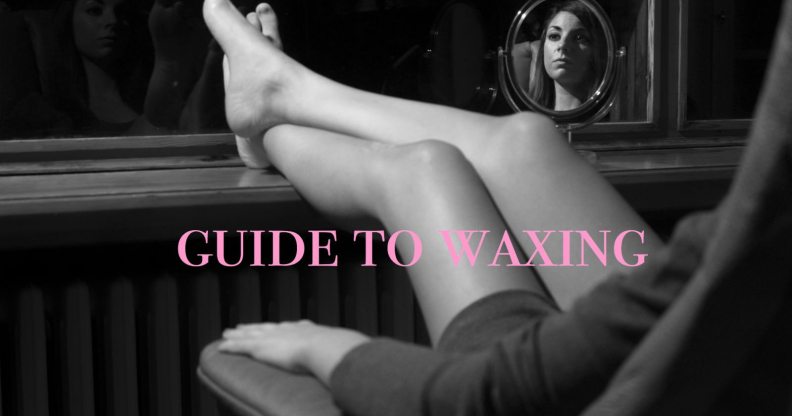
(PxHere)
Some people like removing their body hair because they want to look like handsome, bald sphynx cats. Others prefer being furry, like all the other cats.
If you’re looking to get rid of all your fluff, but don’t know how to, one option is waxing – one of the most popular methods of hair removal, used on foofs, legs, eyebrows… wherever there’s hair, really.
Waxing is a form of epilation, because it removes hair by the root, like threading, tweezing or using an epilator, obviously. Waxing can keep you bald for as long as 4-6 weeks depending on your hair growth cycle.
It removes hair for longer than shaving or hair removal cream, and when your fur does make its comeback, it’s finer and softer.
Here, we’re going to give you some pointers on how to do it at home – though it’s worth noting that getting a professional to do it at a salon is a grand plan if you’re a waxing novice.
Hair follicles weaken the more you wax, so it’ll be more painful to begin with. If you’re at all concerned, go and see a trained waxing professional.
If you’re up for some DIY, read on…
Related: Shaving your beard makes you gay, says Russian religious leader backed by Putin
Benefits of waxing
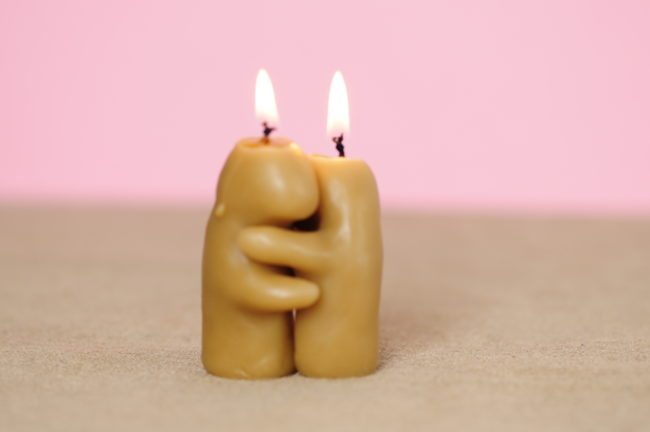
(PxHere)
It lasts longer – because hair is removed from the root. Shaving only removes hair from above the skin, while hair removal creams dissolve hair just under the surface of the skin, so it’ll grow back much faster.
Hairs grow back finer – as opposed to the prickly stubble that turns up after you’ve shaved. You’ll also avoid shaving rashes.
No razor cuts – because no razor, obviously. Waxing is actually gentler on the skin, and won’t tear or cut it.
Drawbacks of waxing
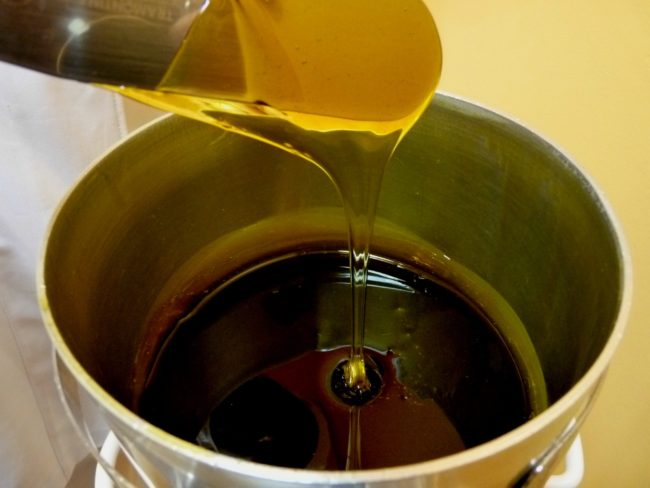
(PxHere)
Ingrown hairs are a common side effect. Basically, an ingrown hair is the hair growing back into the skin when the hair has broken above the skin’s surface and curled back around and into the skin.
You can do your best to prevent ingrown hairs by exfoliating before and after waxing, avoiding tight-fitting clothes after your wax and using a preventative lotion, like Bliss Ingrown Hairs Eliminating Pads or Tend Skin.
Redness or swelling is another side effect, and is perfectly normal, even for people who wax regularly. Again, try exfoliating and preventative lotions, and for fast relief, use a cold or ice compress after waxing to cool the skin.
How to prepare before waxing
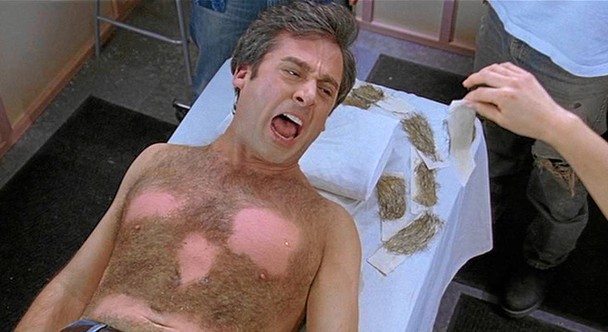
The 40-Year-Old Virgin (Universal Pictures)
Related: Shaving your pubic hair can make herpes four times more likely
Hair length – the ideal length is a quarter of an inch long. It has to be the right length before waxing. If it’s too short, the wax won’t be able to grip it, and if it’s too long, the hair might break off instead of pulling out of the follicle.
Exfoliate – to get rid of dead skin cells and help prevent ingrown hairs. Do this a week or two before waxing.
Cleanse – clean the area you’re waxing, making sure to remove makeup, oil, lotion etc. The cleaner the hair, the easier it is to grip. Use a mild soap in the shower, and make sure you’re completely dry before waxing.
What wax shall I use?
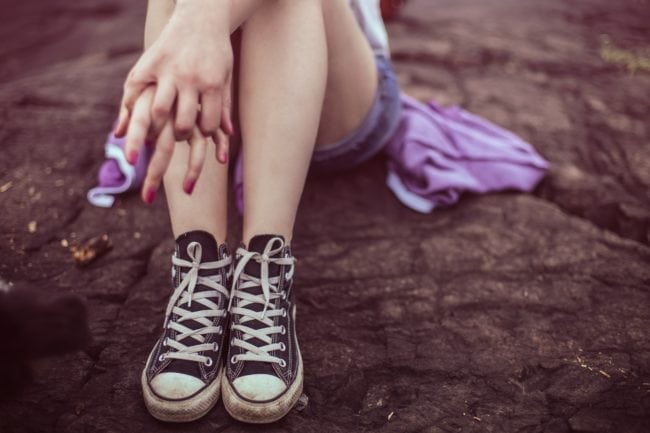
(PxHere)
Soft wax has a consistency like honey, and is also called strip waxing. The wax is spread thinly onto the skin in the direction of hair growth, using a spatula or a roll-on applicator. Next, a cloth or paper strip is applied and removed against the direction of hair growth.
Soft or strip wax is better for legs, arms and eyebrows.
Hard wax is heated and applied to the skin and left to cool. It sticks to the hairs and not to the skin. Once it’s hardened, it’s peeled off using your hands.
Hard wax is better for people with sensitive skin, and works better when removing thick or stubborn hair – eg on the bikini line or armpits.
Other tips

(918Evgenij)
Don’t expose the waxed areas of your body to the sun until 24-48 hours after you’ve waxed. The sensitive skin will burn easily and you could end up with permanent pigmentation marks. Use an SPF after this period on waxed areas.
When waxing, don’t pull the wax off before it’s ready – let it sit for about 30 seconds.
Do hold your skin taut – otherwise there will be bruising – and pull hair out in the opposite direction to the way it grows.
Do use a cotton ball doused in olive oil to wipe away any excess wax when you’ve finished.

